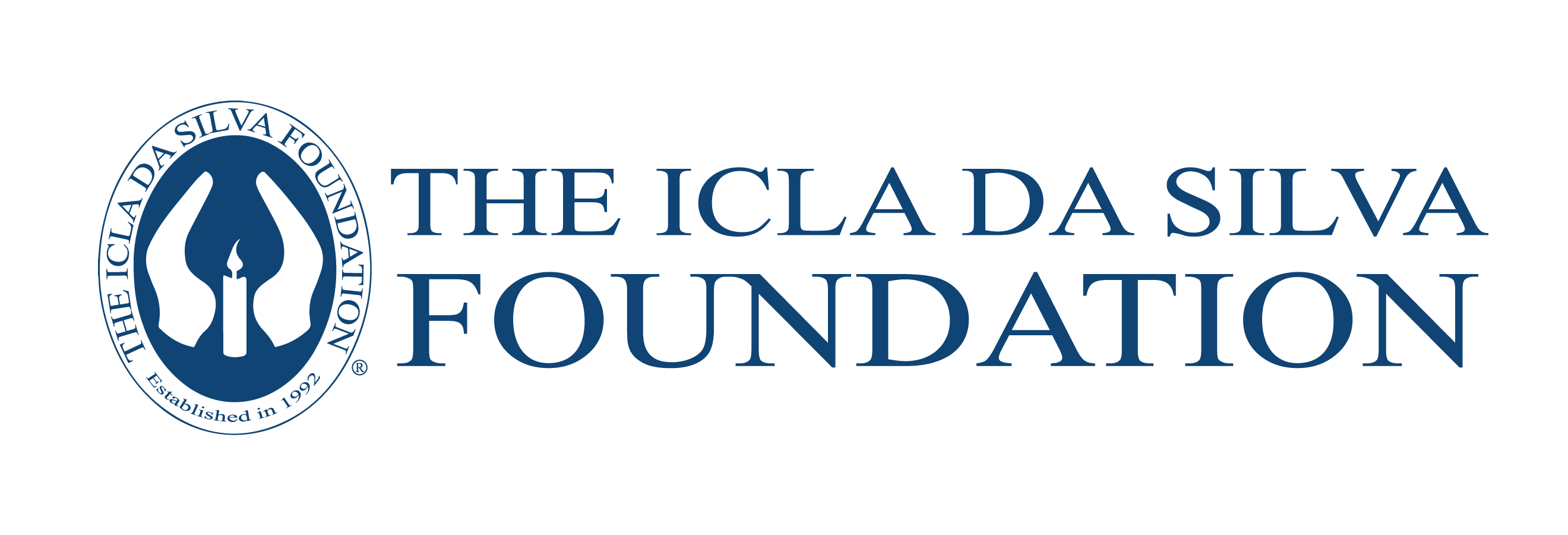The screen shows a sunny day in Austin, Texas, with its classic blue skies and a light breeze rustling through emerald leaves. A bubbly, warm personality with a sassy grin is bouncing through a back garden, climbing trees, playing silly games and laughing at it all. As she waltzes through life with a carefree smile under her beautiful curls, Caroline Renee Dill exudes the unquenchable energy of the healthy child into which she has blossomed.
It was a rough start for this smiling girl and her family, but Caroline has completed her arduous journey to full health with flying colors. In 2005, at three months old, Caroline came down with a dangerous fever and was rushed to the emergency room. She was eventually diagnosed with chronic neutropenia (SCN), a rare blood disorder. It is characterised by low neutrophils (white blood cells), which are essential for the body to fight off bacterial infection. SCN usually presents with fevers, sores and inflammation in the mouth and a strong susceptibility to recurrent infections. Learn more about SCN here.
Consequently, Caroline has received a shot of neupogen, a white blood cell booster, every day of her life since she was just three months old. At five years old, doctors discovered her white blood cells were starting to deform. They recommended the family prepare for a bone marrow transplant once a suitable match could be found. Happily, Caroline was one of the lucky few for whom a perfect bone marrow match was quickly located; and the procedure went ahead in the summer of 2010.
John and Teresa Dill, Caroline’s committed and loving parents, have walked beside their brave daughter along this difficult road, too. Working around their jobs, other children and daily commitments, they have been her rock and kept her spirits high on the dark days. Her parents even tag-teamed each other to juggle work and family during Caroline’s long hospital residence in the summer of 2010.
For her time in hospital, Caroline received a fixed central line instead of an IV point. The central line housed three ports, which allowed her to absorb multiple medications concurrently. This also alleviated the need to have needles poked into her hands before every treatment. She also received her chemotherapy through this port, as well as the bone marrow transplant itself.
After a successful bone marrow transplant, Caroline required extended time in a sterile environment. She spent sixty days in quarantine during the recovery period to ensure her body had the best possible chance of accepting the transplant. It was critical to keep her away from bacterial or viral infection sources while her immune system was at its lowest levels.
Day 8 post-transplant, Caroline awoke with a high fever, elevated heart rate and trouble breathing. After several tests, they discovered aspergillosis in her lungs, a serious condition at the best of times. She stopped breathing and was treated with slow-release medication into her weakened little body. Three days and a host of prayers later the fever broke. Caroline started back on the road to recovery, much to the relief of her extensive support team. Seven years down the line, she is now leading a normal, healthy life.
Katelyn, Caroline’s sister, was one of many family members and friends alike who visited the hospital, sent messages of encouragement and lent support during Caroline’s journey. It was a common occurrence to find Caroline playing soccer in hospital hallways, posing with family and friends who came to visit at the window, displaying her amazing variety of funky wigs and smiling through the pain. She even volunteered for a video clip, tutorial-style, of how to swallow her daily pills (one time she took three in one go!)
Caroline had the privilege of meeting her bone marrow donor, Eduardo Dombrowski, at an Icla da Silva Foundation event a few years ago. Eduardo is a Brazilian from Florida, now living in San Francisco, and one of the generous donors listed on the Bone Marrow Registry. He took the small step of registering, went through the painless testing process and didn’t hesitate when finally called upon to save a life – Caroline’s life. These are the kind of people the Icla da Silva Foundation love to have as part of the team as we work together to recruit donors for the Be The Match Registry.
Want to save a life like Eduardo? Register as a bone marrow donor on the Be The Match Registry today.
Three years later, Caroline’s reflection on the journey to health reveals how much she appreciated the support of all the special people in her life. Her time away from the machine, not being hooked up to leads during ‘free time,’ remains one of her fondest memories from the lengthy hospital stay. Caroline’s generosity of spirit is clearly evident in her idea to provide someone else who is ill with her brand new iPad, “maybe I should donate my iPad to children so they can play on it for Christmas.”
Now she wants to share her story of victory with the world, in hope it will inspire and encourage others who are facing seemingly insurmountable challenges. Clearly, Caroline is a little girl who is adored by many hearts already. She continues to inspire us with her zest for life despite the hardships of illness. We salute you, Caroline!
Watch Caroline’s Story:
We Remember the Tate Family
Last month was National Sickle Cell Awareness Month. In recognition, we remember the courageous Tate family from Maple grove Minnesota.
The first two daughters of Yalonda and Gary Tate both had sickle cell anemia. The life threatening disease meant bi-weekly trips to the hospital for blood transfusions and follow up visits for both girls. People with sickle cell disease have abnormal hemoglobin in their red blood cells. Hemoglobin is a protein that carries oxygen throughout the body. When the cells are irregularly shaped, like sickles or crescent moons, the cells can get stuck and are not able to carry adequate oxygen throughout the body. Sickle cell disease is most common among people of African descent. The only cure is a matching bone marrow transplant.

Madison, the oldest daughter (now 23), had a bone marrow transplant in 2004, which failed. The doctors told the Tates that a sibling bone marrow match was their best hope. Since their daughter Olivia was also sick, she was not an option for a transplant.
The Tates decided to have another baby. They went through in vitro fertilization, testing Yolanda’s eggs until they found one free of the sickle cell trait. In November of 2005, the Tates gave birth to their 3rd daughter, Quinnlyn. At the age of six months, Quinnlyn gave her oldest sister Madison a gift of life. Stored stem cells from her umbilical cord were used in a transplant, giving life to her older sister.

Olivia (now 19) was also in need of a matching bone marrow transplant. Fortunately, a 100% match was found. The donor, Sidnei Barbosa, had registered to become a donor through the Icla da Silva Foundation. The foundation is the largest recruitment center for the Be The Match registry, focusing almost exclusively on patients with a racially diverse background.
Joining the registry, especially for people from minority communities, is important. Olivia Tate was extremely fortunate to find a match to her blood type, but there just aren’t enough potential donors of African decent on the registry. The African American community is underrepresented, which makes it more difficult to find a matching donor. You can register here and help save a life.
Four years ago, Olivia met her donor for the first time at the Icla da Silva Foundations Hope Gala in New York City. You can view the heart-warming story here:
The Icla da Silva Foundation is holding their 25th Anniversary Hope Gala on October 18, 2017. At the Gala, there will be another special meeting between a patient and her donor. You can donate here to help us continue our mission of saving lives by recruiting bone marrow donors and supporting patients and their families with diseases treatable by marrow transplants.

 English
English Spanish
Spanish Portuguese
Portuguese
